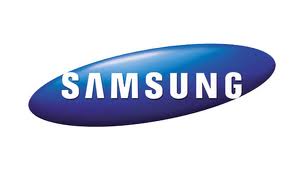 |
Knox Tizen Wearable SDK
|
 |
Knox Tizen Wearable SDK
|
The document describes the API methods, parameters, error codes, and enumerated types in the Knox Tizen Wearable SDK.
The Knox Tizen Wearable SDK provides APIs that you can use for device management, customization, or enhanced security.
The Knox Tizen Wearable SDK includes three categories of APIs:
All of these APIs can be used by Mobile Device Management (MDM) Vendors, System Integrators (SIs), and Independent Software Vendors (ISVs) to create secure solutions for Samsung Galaxy Watch devices.

The above figure explains the software architecture of Knox Tizen Wearable Framework. It is a client-server structure, and communicates by IPC. The IPC must be point-2-point mechanism such as UNIX domain socket, not server related IPC such as dbus.
Application or middleware process can call MDM/Customization Framework API to control or manage capabilities of mobile device. In most cases, application or middleware process can be run in read-only mode, that is, it cannot make any policy change. Only privileged client process can be run in read-write mode, so it can make policy changes in order to manage the mobile device.
MDM APIs
Mobile Device Management (MDM) vendors can make use of these APIs to manage the Galaxy watch device by enforcing policies. MDM APIs are divided into 17 policy groups:
Customization APIs
Applications can call the Customization APIs which support ProKiosk mode and granular device configurations for the Galaxy watches.
The Customization APIs are divided into 4 policy groups:
Attestation
Knox Attestation APIs let you to check the integrity of a device, to verify if it has been rooted or is running unofficial firmware. You can run these integrity checks to avoid handling data on compromised devices.